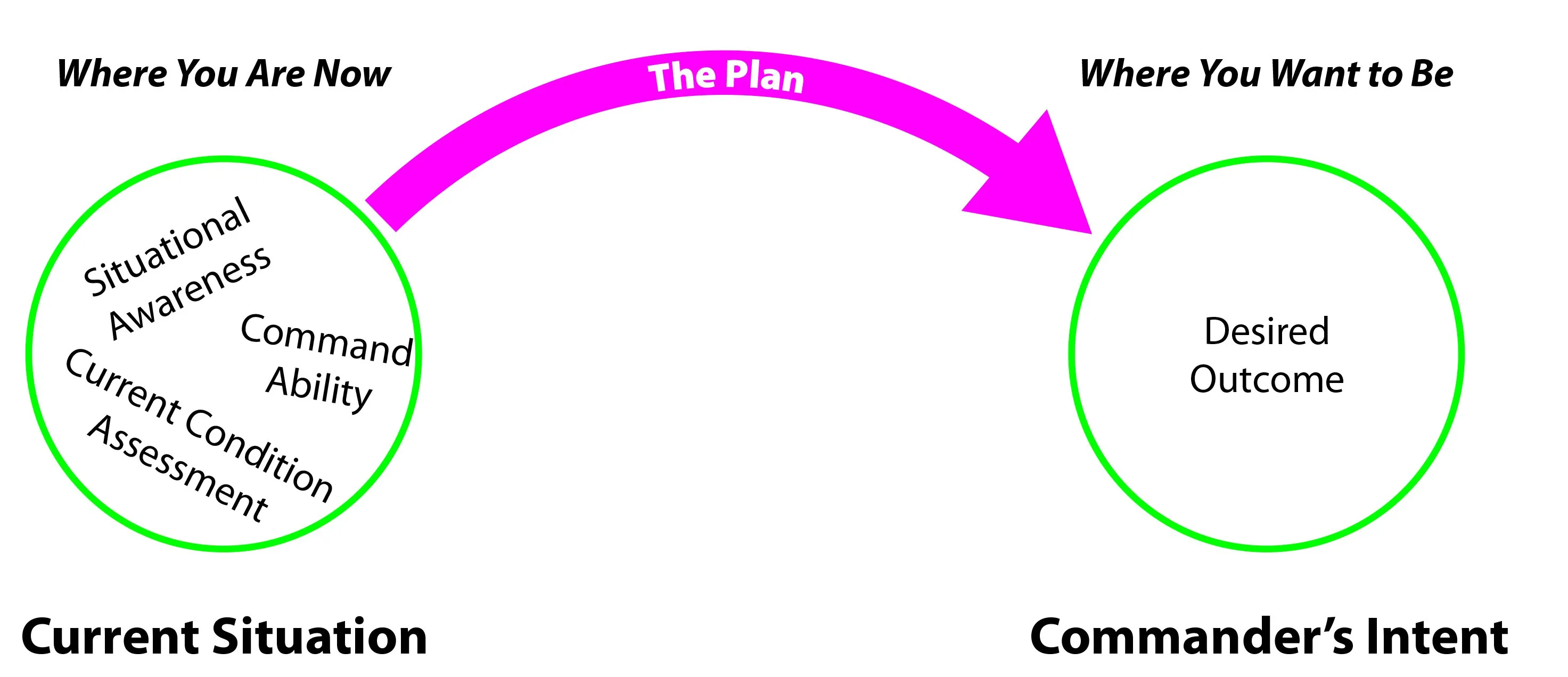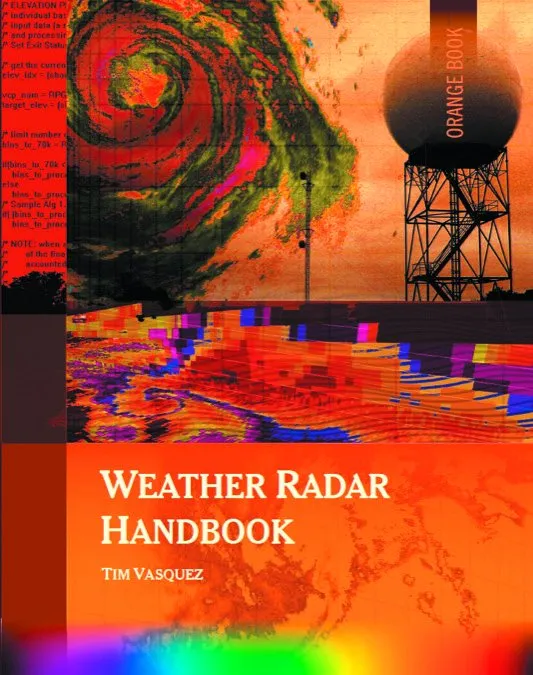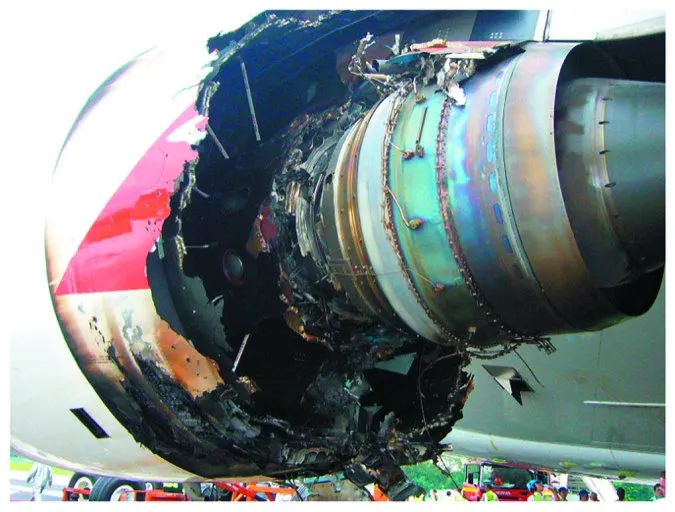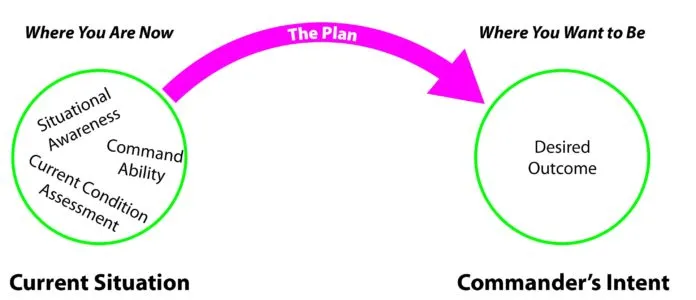When my young son perches precariously on the edge of a stool, I admonish him to sit correctly before he falls. “I won’t fall,” he responds. “You won’t until you will,” I say.
Ask any pilot before the take off if the end will be a crash, and obviously the answer will be an emphatic, “No.” Yet, some do crash. People don’t make choices that they know will result in undesired outcomes.
Few choices are black and white though; we live in a fog of too many variables. The rewards of a behavior must be balanced with the risks. Humans are adept at this balancing act. Deciding to drive (or fly) balances the convenience of speedy conveyance with the risk of getting in an accident. The inability to balance risks and make decisions appropriately becomes a psychological pathology requiring intervention.
The risk-management approach to safety focuses on informed balancing. Challenges arise when our emotions skew the balance. Aviation psychologists found that pressures from passengers or other pilots can contribute to pilots’ decisions to continue a flight despite clues they shouldn’t. (Human Error and General Aviation Accidents, FAA, 2005) Additionally, fatigue, stress, hunger, and workload affect decision making.

An approach to safety of “don’t have an accident” and “always effectively weight risks” doesn’t work because we don’t take actions we think will cause accidents. Tom Turner recently presented a Wings seminar, “Stop Teaching About Safety,” covering this. Safety’s an integral outcome, not a separate goal. Instead, he suggested approaching flying as its master and commander: The result will be safety. While being master and commander will work for all pilots, the instrument environment presents unique challenges to achieving that goal.
Mastering and Commanding
The dictionary defines master as a practitioner showing great skill or proficiency. As pilots, our goal should be to master the things that influence flight, such as aircraft, weather and operations. Methods for maintaining and improving skills include making regular efforts, setting challenges, group discussions, and keeping a log. By applying skill-improvement techniques to factors that affect flight, a pilot can maintain and improve the abilities that result in safety.
Mastering an aircraft means knowing it’s limitations, capabilities, and how to operate it. For example, knowing why the standby battery is checked in general, and why it’s in that spot in the pre-flight checklist would demonstrate mastery. Understanding the why behind checklists—particularly emergency checklists—demonstrates systems mastery. The most rudimentary level of mastery is knowing and abiding by limitations.
Witnessing the interaction of heat and motion creating weather is a splendor of flying. It can quickly change from one of the best to one of the most tumultuous experiences. Researchers at Embry-Riddle found GA pilots only scored 57 percent on an exam about weather.
A possible reason for the low score is that pilots become accustomed to weather in their local area. By identifying areas where weather is severe and analyzing those reports, a pilot can improve understanding of dynamic conditions. For example, a pilot in Minneapolis might see SS (for Sandstorm) in the METAR about as often as a pilot in Tucson sees SG (snow grains).
Mastering operations is challenging because it encompasses many disciplines. A pilot is not just a pilot, but a dispatcher, maintenance tech, medical examiner, scheduler, CFO, and risk manager. The upside is that there is always something for a pilot to learn.
Every pilot should be familiar with the concept of command. It’s defined in the regulations as having the final authority and responsibility for a flight. But, a commander not only has the authority, but knows when to use it. A commander develops a clear plan and uses his mastery to accomplish it.
The Captain of Qantas 32 exhibited excellent command abilities when the Airbus 380 experienced an uncontained engine failure. The failure caused damage to the wing, fuel system, landing gear and flight controls. The crew was inundated with system messages, including one to transfer fuel from the undamaged to the damaged side due to a fuel imbalance. Fortunately, the Captain properly assessed the situation and made a command decision to disregard the message.
Compare that response to the crew of Air Transat 236, which flamed out both engines over the Atlantic. The aircraft had a fuel leak on the right side. The crew followed the procedure to correct the imbalance and transferred fuel in the left tank out the leak on the right.
The Army Field Manual lists the elements of command as authority, decision making and leadership, the last two making up the art of command. The Army uses a concept called commander’s visualization for decision making:
“Commander’s visualization is the mental process of achieving a clear understanding of the force’s current state with relation to the enemy and environment (situational understanding), and developing a desired end state that represents mission accomplishment and the key tasks that move the force from its current state to the end state (commander’s intent).” (AFM 2-61)
Translating to aviation: a pilot commander needs situational awareness to assess the current conditions, identify a desired outcome and develop a plan to achieve that outcome.

IFR Master and Commander
Being an IFR Master and Commander demands a particular skillset. Instrument flying is a specialized field and, just like you want your knee replaced by an orthopedic surgeon instead of a cardiologist, it takes specialized knowledge, skills, and abilities.
The same basic areas apply; aircraft, weather, and operations. The focus on aircraft needs to include a greater understanding of the avionics and automation. While inserting a direct-to into a navigator is pretty simple, pulling up the next approach while holding can get complicated. Additionally, you must know the limitations of the automation.
Instrument flying is an exercise in task management. Offloading the basics of flying to an autopilot frees time to accomplish other chores, but requires knowledge and skill to use effectively. Mastering the autopilot means knowing when modes will change and what they will change to.
Patience accompanies mastering automation. Pilots need to monitor how automation changes the flight path. This requires pushing the mental pause button on multi-tasking and focusing on the airplane. Most airlines require the pilot to concentrate on the level off within a 1000 feet of the target altitude. While this might be a little extreme for us, setting a cutoff of 500 feet makes sense. When within 500 feet of a level off, or half a mile of a course change, only monitor the flight path change and make sure it occurs before going back to other tasks. Using this opportunity to hand fly the path change can kill two birds with one stone—focusing on the transition and keeping hand flying sharp.
One task that can pile up while focusing on a flight-path change is checking and analyzing weather. Tactical weather threats include convective activity, icing, ceiling/visibility changes, and turbulence. Although I often fly with the advantages of onboard and uplinked radar, nothing beats the value of eyeballs. Looking at a cloud is the best way to assess it. Even with all the tools available, dry updraft or tilted shafts can create severe turbulence in areas that look clear on radar.
Turbulence is a threat both inside and outside convective activity. Turbulence increases the strain to maintain aircraft control. Flying into Jackson Hole, WY with a stiff wind over the Tetons can make keeping the aircraft upright a challenge, let alone flying an approach within tolerances.
Pulling up a VAD wind report can identify areas of windshear. The Velocity Azimuth Display (VAD) Wind Profile is a graphic display of NEXRAD radar-observed winds aloft in 1000 foot increments reported every couple of minutes. The chart provides the granularity to see if a couple thousand-foot change in cruise altitude will get you out of the chop. VAD charts are accessible through the 1800WXBrief website.
The best information on hazardous weather is PIREPS. The downside is someone has to be flying in the weather to experience it; the pilot reporting severe turbulence is in severe turbulence. PIREPs influence many of the new forecast products targeting the weather most significant to IFR pilots. The NTSB reported that “PIREPs also provide information that improves automated products such as the Graphical Turbulence Guidance (GTG), the Current Icing Product (CIP), and the Forecast Icing Product (FIP).” (Improving Pilot Weather Report Submission and Dissemination to Benefit Safety in the National Airspace System, NTSB, p. 4)
In addition to weather, the instrument flier must also master charts. Challenge yourself to analyze the oddest charts and maybe go fly them in the sim or on the computer. Play stump-a-pilot with a friend using local charts to see if there’s any symbology that’s been overlooked. Additionally, practice applying adjustments for inoperative components and remote altimeter settings, which is a common weakness.
Procedures and ATC go hand-in-hand when instrument flying. A resource every instrument master should be familiar with is the Air Traffic Control Order, JO 7110.65. It’s 700 pages of light reading, but don’t get bogged down in detail. Review chapter four covering IFR and be familiar with the table of contents. A word of caution though, just because you read the Order doesn’t make you an air traffic controller, just like reading the AIM doesn’t make someone a pilot.
Not complying with ATC instructions is one of the instances in which a pilot must exercise command. Often pilots defer to the requests of ATC. Controllers do the job day-in and day-out, giving their instructions an air of authority. An authority gradient (defined as an established, and/or perceived, command and decision-making power hierarchy in a team) can cause pilots to not express concerns, not questioning decisions, or even simply clarifying instructions that aren’t clear.
Problems occur when pilots delay assessing the situation and creating a commander’s visualization. This frequently happens during icing encounters and low fuel situations. Pilots will ask for a lower altitude or direct routing but are often reluctant to properly express their need as a command decision. For example, the commander’s visualization when picking up significant icing might be to descend. The transaction with ATC could be, “Cessna 1234 requires lower for icing, What is the MVA?”
Command authority must be tempered by an assessment of the conditions. Frequently, the authority gradient between pilots and ATC causes pilots to wait too long. For example, look at this ill-fated flight from North Platte, NE:
When the airplane was about 7000 feet msl and still climbing, the pilot asked the controller if there were any reports regarding the cloud tops, and the controller responded that there were not. Less than a minute later, radar data showed the airplane descending, and the pilot issued a “mayday” call. Radio and radar contact were then lost…
Crew members of two flights inbound to the airport around the time of the accident reported that they encountered freezing rain and severe mixed icing; (NTSB Accident CEN13FA130). This pilot didn’t even have an opportunity to complete his mayday call.
Mastering Safety
The saying goes, regulations are written in blood, highlighting the reactive nature of rules. If someone didn’t run out of fuel, 91.167 likely wouldn’t exist. Simply following the current rules or standards doesn’t guarantee a safe outcome. Safety is a result of behaviors.
To achieve a safe flying record, a pilot needs to embrace goals that prepare for the unexpected and continually hone both piloting and command skill. Tom Turner proposed that being master and commander is the way to do it. Mastering involves having great skill or proficiency; commanding encompasses authority, leadership, and decision making.
Safety is achieved by having the situational awareness to properly assess a situation, the vision to create a plan and the direction and skill to execute. Next time you fly, don’t think of being safe, but of being the master and commander of that flight.
Understanding the Weather

Weather is one of the most important factors effecting safety, yet research has found pilot understanding of the topic to be “worrisome” and “weak.” These comments are associated with a study done by Embry-Riddle and published in the April 2018 edition of The International Journal of Aviation Psychology.
The researchers asked 204 pilots to take a 95-question exam covering basic weather theory, product interpretation, and weather sources. Pilots scored highest on weather resources and almost evenly on theory and interpretation. Pilots scored poorly on thunderstorm principles, radar interpretation and AIRMETS.
Researchers noted that a pilot could fail every weather question on the FAA knowledge test and earn a passing score. Additionally, interpreting radar data can be complex. Students inherit the limitations of their instructors.
The good news is that experience matters. Pilot scores increased with flight experience and there were statistically significant improvements between student and private pilots, and between private and commercial-with-instrument pilots. The key is getting that experience as early and as quickly as possible. The nice thing is that this can be done by simply staring out the window and looking at some reports, thereby strengthening the correlation between what is read and what one should expect.
Jordan Miller, a pilot for a major U.S. airline, must balance command authority with proper crew resource management.





